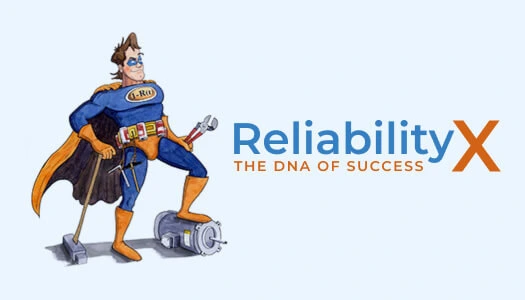The Importance of Proper Job Plans in CMMS and EAM Systems
By: Paul Crocker CMRP, CAMA, VIB 1
In today’s industrial environment, the efficiency and reliability of maintenance operations are crucial. This is where Computerized Maintenance Management Systems (CMMS) and Enterprise Asset Management (EAM) systems come into play. These systems are designed to manage the maintenance function by tracking maintenance work, parts used, failure codes, and more.
The Role of Proper Job Plans
Proper job plans are essential for the effectiveness of CMMS and EAM systems. They create standardized, repeatable, and consistent work processes, ensuring that maintenance tasks are performed efficiently and effectively. Key components of a proper job plan include labor, labor hours, parts, services, and tools.
Challenges in Implementing Job Plans
Implementing job plans in a CMMS or EAM system is challenging. Organizations often struggle with knowing where to start, getting buy-in from the people doing the work, and handling change management. Overcoming these challenges requires leadership from the top. Engaged leadership from the beginning of the project to the end ensures that middle and lower management remain engaged.
Real-Life Example
An annual job plan for a treatment train basin was optimized at a drinking water plant, reducing the duration from a two-week event to just two days. This was achieved by making the work more efficient and driving defects from the process. One significant improvement was performing work that could be done while the basin was online rather than waiting for it to go offline.
Conclusion
Proper job plans are a cornerstone of effective maintenance management in CMMS and EAM systems. Standardizing work processes and ensuring top-down engagement can help organizations overcome implementation challenges and achieve significant efficiency gains.



